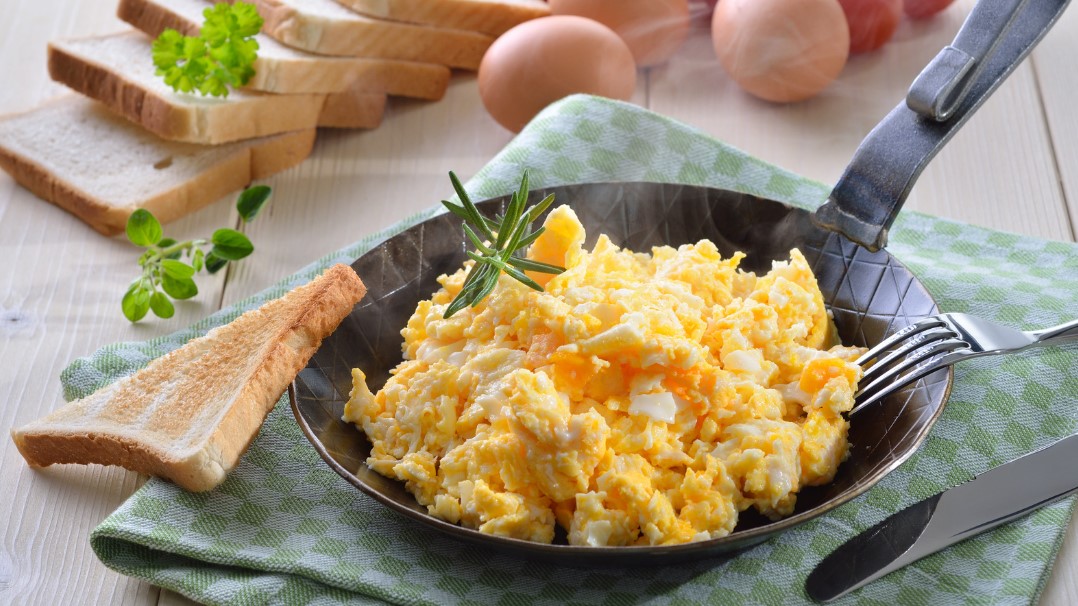Welcome to the ultimate guide on how to make scrambled eggs! Whether you’re a novice in the kitchen or a seasoned chef, mastering the art of fluffy and delicious scrambled eggs is an essential skill. These versatile little bites can be enjoyed for breakfast, lunch, or dinner and are sure to satisfy any craving.
In this article, we’ll walk you through step-by-step instructions on creating the perfect plate of scrambled eggs that will have everyone asking for seconds. So grab your apron, and let’s get cracking!
Ingredients and Tools Needed for Perfect Scrambled Eggs
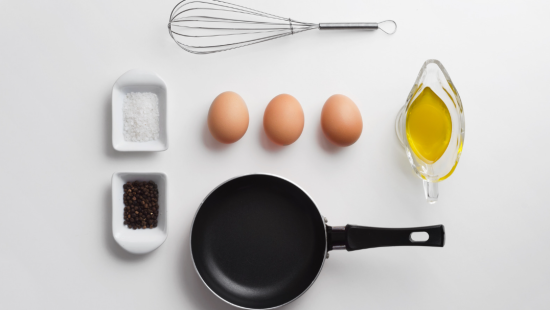
To make perfect scrambled eggs, you’ll need a few simple ingredients and tools. Here’s what you’ll need:
Ingredients:
- Eggs: Choose fresh eggs for the best flavour and texture. The number of eggs will depend on how many servings you want.
- Salt and pepper: Add a pinch of salt and freshly ground black pepper to season the eggs.
Optional ingredients for flavour variations:
- Milk or cream: Adding a splash of milk or cream can make the scrambled eggs extra creamy. Use about 1-2 tablespoons per 2-3 eggs.
- Cheese: Grated cheese like cheddar, Monterey Jack, or feta cheese can be added to the eggs for extra flavour and creaminess.
- Fresh herbs: Chopped herbs like parsley, chives, or dill can be sprinkled on top of the scrambled eggs for added freshness.
Tools:
- Bowl: Use a bowl to crack and beat the eggs. Make sure it’s large enough to whisk the eggs without spilling.
- Whisk or fork: Use a whisk or fork to beat the eggs until the yolks and whites are well combined.
- Non-stick skillet or frying pan: A non-stick pan is ideal for cooking scrambled eggs as it prevents sticking and allows for easy cleanup.
- Spatula: A spatula with a flat edge is useful for gently stirring and scrambling the eggs in the pan.
- Butter or oil: Use a knob of butter or a drizzle of oil to coat the pan and prevent the eggs from sticking.
Having these ingredients and tools ready before you start cooking will ensure a smooth and enjoyable scrambled egg-making process.
How to Make Scrambled Eggs?
Step 1: Crack the Eggs
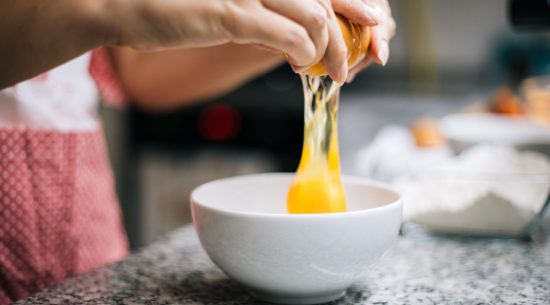
Cracking eggs is a simple yet crucial step in making perfect scrambled eggs. Gently tap each egg on a hard surface, creating a clean crack. Open the eggs over a bowl to catch any shell fragments. Taking care in this step ensures a seamless cooking process without interruptions from unwanted bits of shell. As you gain confidence, try mastering the one-handed crack – an impressive skill that adds a touch of flair to your culinary routine.
Step 2: Beat the Eggs
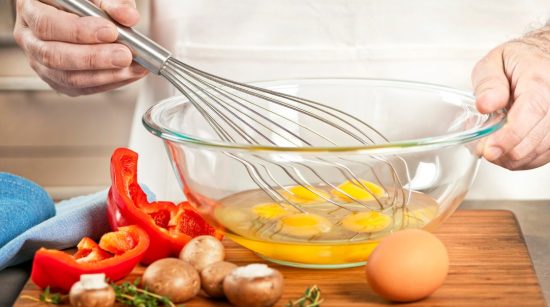
Use a fork or whisk to beat the eggs thoroughly, creating a smooth mixture. Optionally, add a tablespoon of milk or cream for extra creaminess. Appreciate how this simple act transforms raw eggs into fluffy clouds of goodness. The beating process not only blends the eggs but also introduces air, contributing to the desired light and airy texture. Take a moment to revel in the anticipation of the culinary alchemy happening in your mixing bowl.
Step 3: Season the Eggs
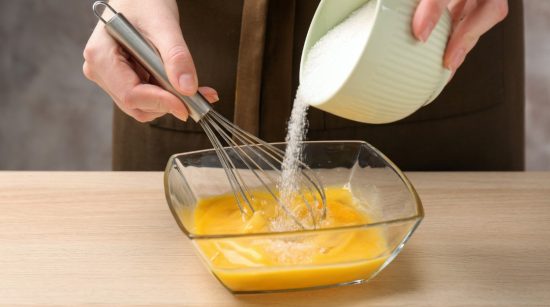
Get creative with seasonings! Add salt and pepper, and experiment with herbs, spices, or grated cheese for unique flavours. Start with a small amount, adjusting to taste. Seasoning the eggs is your chance to tailor the dish to your preferences, infusing it with a burst of complementary flavours. Let your taste buds be your guide as you explore various seasoning combinations, turning your scrambled eggs into a canvas for culinary expression.
Step 4: Heat the Pan
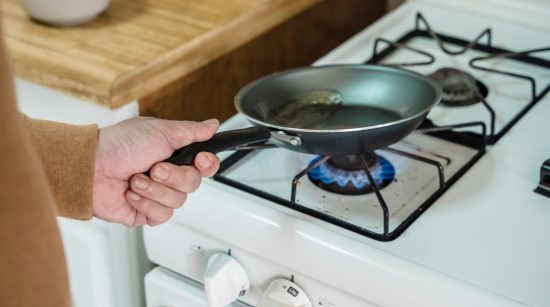
Choose a non-stick pan and heat it gradually over medium heat. Once it shimmers, add a knob of butter or drizzle oil to prevent sticking. The gradual heating of the pan ensures an even distribution of heat, creating the perfect environment for your eggs to cook without hot spots. Embrace the patience required in this step, savouring the anticipation of the sizzling sound as the butter or oil meets the warm surface of the pan.
Step 5: Add Butter or Oil
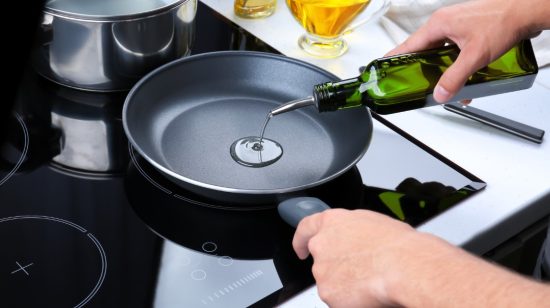
Introduce butter or oil to the heated pan, ensuring a slick coating. Balance is key, so don’t overdo it. This step sets the stage for non-stick perfection. The addition of butter or oil not only prevents sticking but also imparts a rich flavour that elevates the overall taste of your scrambled eggs. Let the aroma of melting butter or the subtle sizzle of oil be the prelude to the delightful symphony of flavours about to unfold.
Step 6: Cook the Eggs
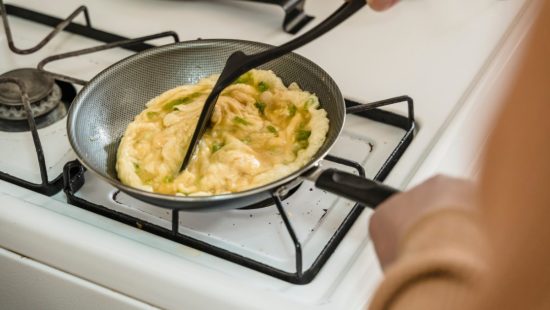
Pour beaten eggs into the pan and gently stir. Maintain a gentle touch for even cooking, observing the magical transformation from raw to fluffy clouds. Patience is rewarded with flavorful and tender eggs. The gentle stirring during cooking is a dance that allows the eggs to coalesce into a harmonious blend of textures. Revel in the sensory experience – the sight of vibrant yellow hues, the sound of eggs sizzling, and the tantalizing aroma filling the kitchen.
Step 7: Finish Cooking
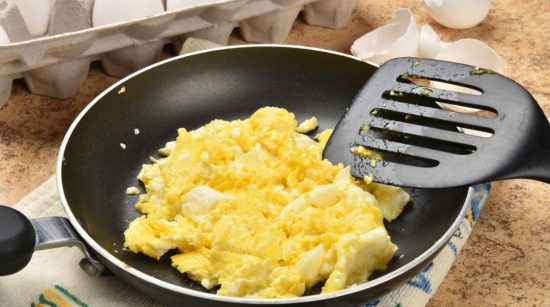
Remove the pan from heat while the eggs are slightly runny. Residual heat will finish the cooking process. Stir gently to distribute heat evenly, avoiding overcooking. This final step ensures that your scrambled eggs are perfectly cooked, with a delicate balance of tenderness and creaminess. It’s a delicate dance of timing – knowing when to stop cooking to preserve the luscious, slightly runny consistency that defines the perfect scrambled eggs.
Step 8: Serve and Enjoy
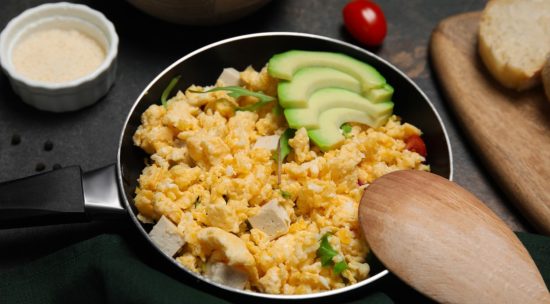
Transfer the scrambled eggs to a plate. Garnish with fresh herbs or sprinkle grated cheese for an extra touch. Appreciate your creation before digging in – a simple yet satisfying dish for any time of day! Serving your perfectly scrambled eggs with a thoughtful garnish adds a visual appeal that complements the delightful flavours, making the dining experience even more enjoyable. Take a moment to admire the culinary masterpiece you’ve created before relishing each forkful, savouring the culmination of your culinary prowess.
The Scrambling Technique: Secrets to Fluffy Perfection
The Scrambling Technique is a culinary secret to achieving fluffy perfection in dishes like scrambled eggs or certain desserts. To master this technique, maintaining the right temperature is crucial. Cooking over low to medium heat prevents eggs or mixtures from becoming rubbery or overcooked, preserving their delicate texture and flavor.
Continuous folding and stirring are essential steps in the scrambling process. By gently folding and stirring the ingredients as they cook, you create small curds that result in a creamy and light texture. This method ensures even cooking and distribution of ingredients, enhancing the overall consistency of the dish. Practice patience and precision when using the Scrambling Technique to unlock the secrets of fluffy perfection in your culinary creations.
Variations and Customizations of Scrambled Eggs
Scrambled eggs offer a versatile canvas for culinary creativity, allowing for a wide range of variations and customizations to suit individual preferences. From adding ingredients like cheese, herbs, vegetables, or meats to experimenting with different cooking methods, there are endless possibilities to elevate the classic scrambled eggs dish.
Incorporating ingredients such as chives, spinach, tomatoes, mushrooms, or ham can enhance flavor and texture, creating unique and flavorful combinations. Customizations like using cream, milk, or butter in the eggs mixture can result in creamier or fluffier scrambled eggs.
Whether opting for a traditional approach or exploring innovative twists, the variations and customizations of scrambled eggs provide a delightful opportunity to showcase personal taste and culinary flair in this beloved breakfast classic.
Health Benefits of Scrambled Eggs
Here are five health benefits of scrambled eggs:
- Rich in Protein: Scrambled eggs are a rich source of high-quality protein, essential for muscle repair, growth, and overall body function. Protein helps keep you full and satisfied, aiding in weight management and muscle maintenance.
- Nutrient-Dense: Scrambled eggs contain essential nutrients like vitamins D, B12, and choline, which support brain health, nervous system function, and metabolism. They also provide minerals such as iron, zinc, and selenium, contributing to overall well-being.
- Good Source of Omega-3 Fatty Acids: Eggs are a natural source of omega-3 fatty acids, vital for heart health, reducing inflammation, and supporting brain function. Including scrambled eggs in your diet can help boost your omega-3 intake.
- Low in Carbs: Scrambled eggs are low in carbohydrates, making them a suitable option for those following low-carb or ketogenic diets. They can help stabilize blood sugar levels and provide sustained energy throughout the day.
- Versatile and Easy to Prepare: Scrambled eggs are quick and easy to prepare, making them an ideal breakfast option for busy mornings. Their versatility allows for various customizations with herbs, vegetables, or cheeses, adding flavor and nutritional value to your meal.
Nutrition Chart for Scrambled Eggs
Here is a basic nutrition chart for scrambled eggs:
- Serving Size: 2 large eggs (100g)
- Calories: 155
- Tootal Fat: 11g
- Saturated Fat: 3.3g
- Cholesterol: 372mg
- Sodium: 124mg
- Total Carbohydrates: 1.1g
- Dietary Fiber: 0g
- Total Sugars: 1.1g
- Protein: 13g
- Vitamin D: 44 IU
- Calcium: 49mg
- Iron: 1.8mg
- Potassium: 138mg
Please note that nutritional values may vary based on factors such as cooking method, addition of ingredients (e.g., butter, milk), and portion size. It’s advisable to refer to specific product labels or a nutrition database for precise nutritional information on scrambled eggs.
Conclusion
Scrambled eggs are a classic breakfast option that is quick, easy to make, and incredibly delicious. With just a few simple steps, you can create perfectly fluffy and flavorful scrambled eggs every time.
By cracking the eggs into a bowl and beating them until well combined, you ensure that the yolks and whites are evenly mixed. Seasoning with salt, pepper, and any additional spices or cheese adds an extra burst of flavour.
Heating your pan with butter or oil prevents sticking and allows for even cooking. As you pour in the beaten eggs, gently stir and scramble them to achieve those light and airy textures we all love. Remember to remove the pan from heat while they are still slightly runny, as they will continue cooking off the heat.
So next time you’re looking for a satisfying meal in minutes, remember these simple steps on how to make scrambled eggs. Whether it’s for yourself or feeding a crowd, this versatile dish never disappoints. So, don your apron, grab your favourite skillet, and get cracking!
FAQs – How to Make Scrambled Eggs?
Can I make scrambled eggs without milk?
Absolutely! Water, broth, or even a splash of cream cheese can achieve a similar creaminess, or enjoy them dry for a lighter option.
What is the ideal pan for cooking scrambled eggs?
A non-stick pan is best for easy flipping and cleaning. Stainless steel works, too, but requires more careful attention to prevent sticking.
How many eggs per person scrambled?
2-3 eggs per person is a good starting point but adjust based on individual appetites and desired portion sizes.
How much milk do I put in scrambled eggs?
A splash (1-2 tablespoons per serving) is typical. More creates creamier eggs, but less preserves their natural flavour and keeps them lighter.
How long does it take to scramble an egg?
It takes about 3-5 minutes, depending on heat level and desired doneness. Start checking after 2 minutes and remove when just slightly undercooked as they continue to firm up off the heat.
Is water better than milk in scrambled eggs?
Water keeps them lighter and less rich, while milk adds creaminess and richness. Choose based on your preference and dietary needs.

